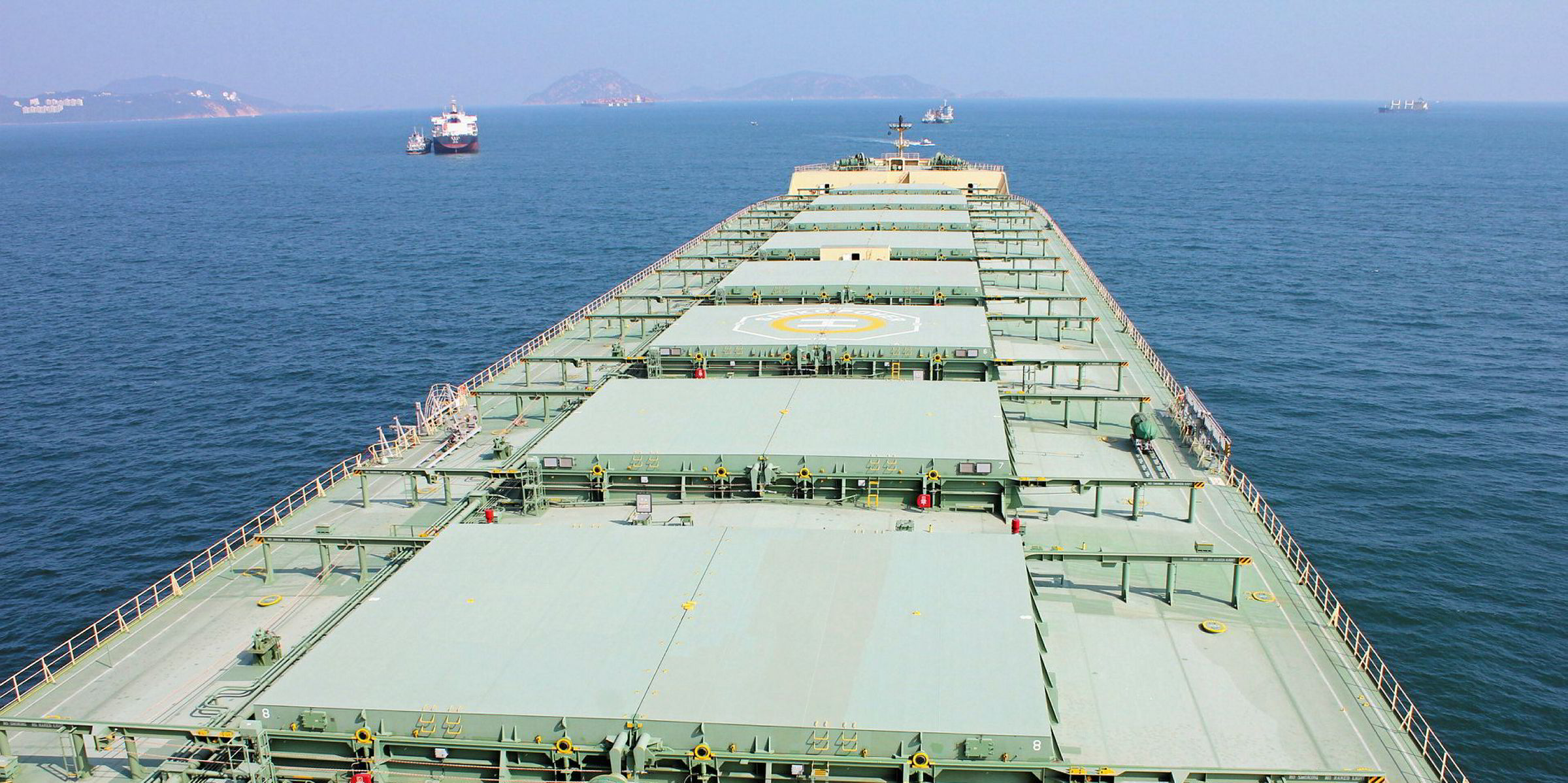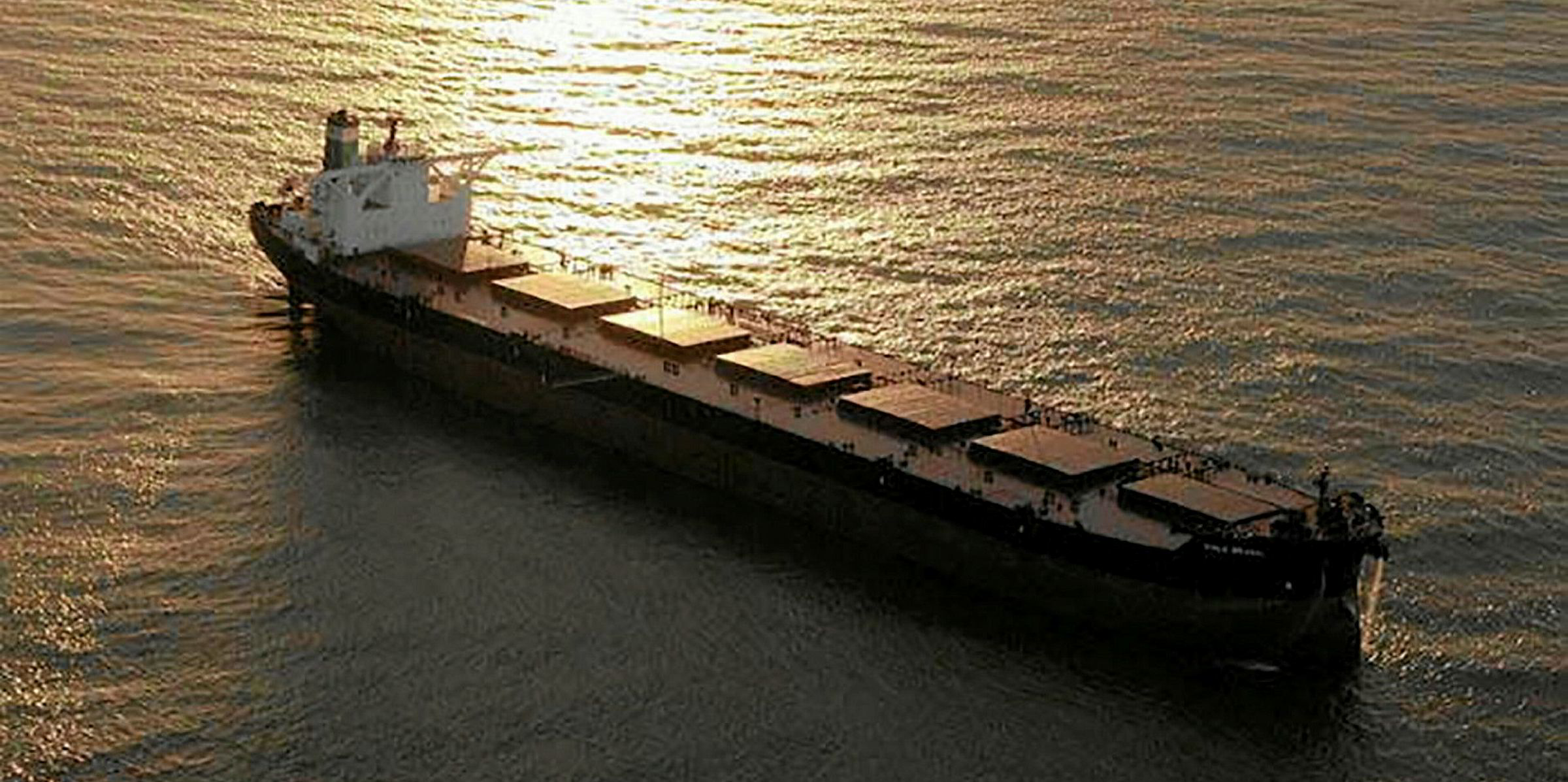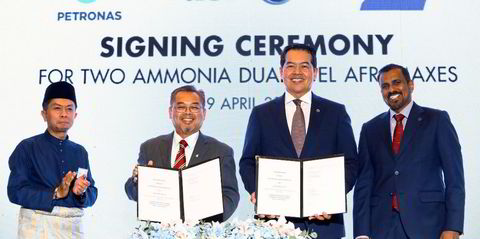Capesize rates has reached its highest level since October 2010, with earnings almost 10 times above where they sat three months ago.
Factors driving up the market read like a shipowner's dream.
Strong iron ore prices; seasonality, increasing iron ore exports, vessel undersupply in the Atlantic, volatile bunker prices and VLOCs leaving the trading fleet to have scrubbers fitted.
Greek shipowner Seanergy Maritime took to social media today to highlight the progress.
"Another electric day in the capesize market," it said.
Growth on major iron ore routes, however, was more muted on Friday.
The BCI was assessed today at 4,379 points, which is 123 points above Thursday's level.
As testament to the undersupplied Atlantic, the Baltic's backhaul route (C16) today shot up by an extra $1,000 per day and reached $13,650 daily.
The benchmark covers trips from ports in the Qingdao-Beilun range in China to the UK/Continent or Mediterranean via Australia; Indonesia, US west coast, South Africa or Brazil.
The weighted timecharter average rate for the Baltic Exchange's five major capesize routes (5TC) was today assessed at $32,765 daily, a increase of $546 per day since Thursday.
The assessment is now almost 10 times the level seen on 3 April, when it hit a three-year-low of $3,540 per day.
"We expect [dry bulk] demand growth is still likely to be less than 1% [this year]," Benjamin Nolan, analyst for Stifel, said in a research note this morning.
"But when paired with 9.2% of the fleet (predominantly capesize vessels) out of scrubber installation and very new vessel deliveries, there has been a sharp improvement in dry bulk rates to multi-year highs, which we expect could continue through year-end."
Casual Friday

Rate increases were seen across all the Baltic's benchmark routes for capes today, although major iron ore routes saw much smaller rises than seen previously.
A paltry $0.0090 per tonne was added to the Tubarao to Qingdao (C3) run, which was assessed today at $27.518 per tonne.
Its competitor route, the West Australia to Qingdao (C5) run, grew by just $0.05 to $10.9 per tonne.
The Baltic's Saldanha Bay to Qingdao (C17) route for iron ore has reached its highest recorded level.
The index, which does not contribute to the BCI, advanced by a further $0.015 per tonne to reach $20.295 per tonne today as South African iron ore steps in to
Yesterday saw two capesizes fixed for iron ore tender cargoes going from Saldanha Bay to Qingdao.






